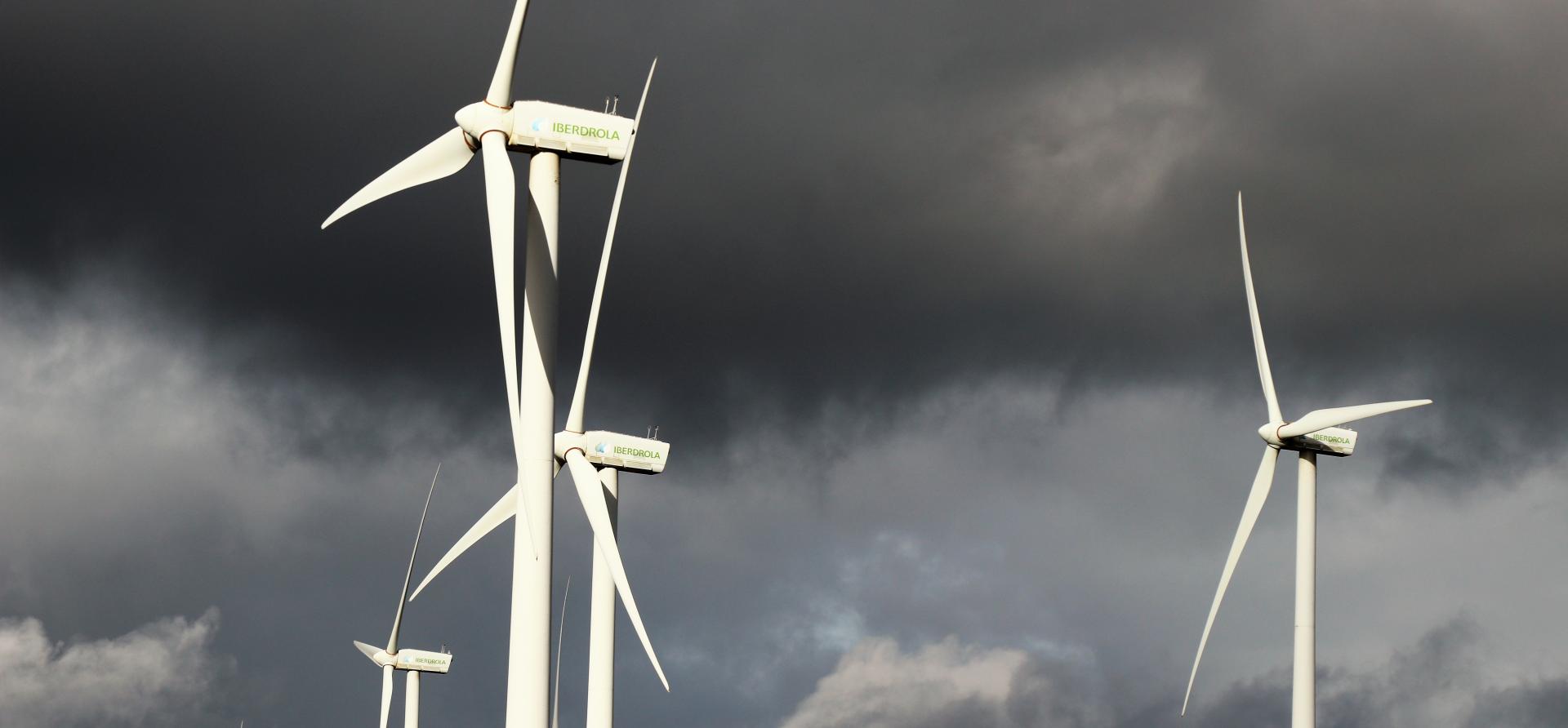Global electricity utilities in transition: Leaders and Laggards: 11 case studies
Download Full Report
View Press Release

Key Findings
Renewable energy is disrupting electricity markets worldwide.
Wholesale electricity prices are being pushed down by the rise of renewable generation.
Executive Summary
Renewable energy is disrupting electricity markets worldwide.
The pace of this change has surprised almost everyone, and indeed would have been difficult to imagine just a few years ago.
Renewable energy is disrupting electricity markets worldwide.
Crucially, renewables need only capture a relatively small market share for disruption to occur, and to continue. While it may take decades yet for renewables to become the dominant form of generation globally, their presence today is permanent and their advance inevitable.
By way of recent example, in 2016 Germany—the fourth-largest economy globally—saw two of its biggest companies, the power utilities E.ON and RWE, voluntarily break themselves up. Those moves came in response to a transformation that is reshaping the power-generation sector almost everywhere and wreaking havoc among utilities that have arrived late to this conversion. Germany is of special significance since the nation pioneered Energiewende, a policy shift toward a low-carbon economy that is now being adopted globally.
From Europe to Asia, from the Americas to Africa, wholesale electricity prices are being pushed down by the rise of renewable generation, which has no fuel costs and whose developers can now consistently outbid fossil fuel-based generation.
This report documents the gathering momentum of this trend, and how the impact of renewables on electricity prices is a key driver of this change.
Some highlights:
- Across Europe, lower wholesale electricity prices have created significant disruption and have shown how late-arriving major utilities are at risk of financial loss by not seizing the renewable-energy mantle quickly enough.
- In the United States, the renewable-energy leader NextEra sees renewables as a means to keep providing power at low prices.
- In China, the merger of Shenhua and China Guodian stands to create the world’s largest power company by installed capacity (225 gigawatts, or GW).
- In South Africa, where electricity prices have quadrupled since 2007 and an expensive coal-fired power build-out threatens to drive prices even higher, renewables appear ever more appealing.
- In India, which passed a milestone in 2017 when solar tariffs came in lower than the cost of power generated from coal-fired capacity of the main national utility, NTPC.
- In Australia, electricity prices have become a major political issue driven by uncertainty on energy policy and a resulting delay in renewable-energy rollout.
IEEFA is hardly alone in its view of transition. According to Morgan Stanley, for one, wherever utilities compete to sell electricity on an open market, those at the forefront of renewables will see significant upside while the owners of fossil-fuel and nuclear-powered fleets will suffer.
The disparities among utilities in this regard is considerable. Some are world leaders in preparing for electricity systems dominated by renewables, while others are laggards seemingly unwilling to modernize their business models. This picture is further complicated by the presence of companies that are belatedly committing to transition and, as a consequence, have inflicted significant damage to shareholder value in the meantime.
This report presents 11 brief case studies of leading electricity utilities that collectively illustrate the wide variation in readiness for a future of cheap renewable energy.
The singular lesson from the 11 case studies presented here:
Electricity utilities that perform best going forward will likely be those that transition to renewable energy-based business models in a way that avoids the financial damage typically incurred by late movers. Those that avoid or work against the roll-out of renewables will be met by a future that does not include them.
Press release: IEEFA Report: Winners and Losers Among Big Utilities as Renewables Disrupt Markets Across Asia, Europe, the U.S., and Africa
Please view full report PDF for references and sources.
















